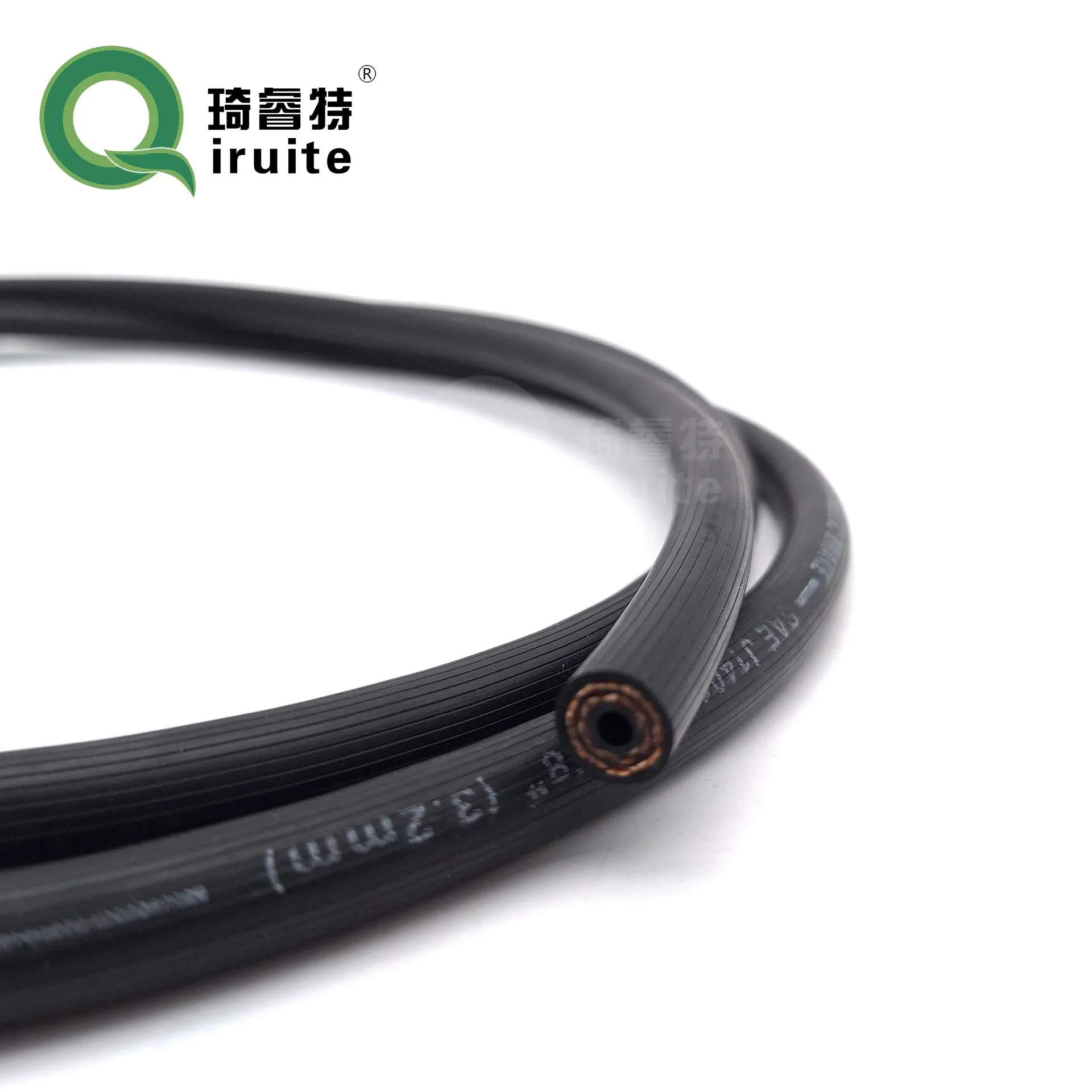R134a Refrigerant Service Hose for Efficient HVAC Maintenance and Repairs
Understanding R134a Service Hoses Essential Tools for HVAC Technicians
In the realm of automotive and HVAC (Heating, Ventilation, and Air Conditioning) systems, refrigerants play a crucial role in maintaining optimal thermal performance. One of the most widely used refrigerants in air conditioning systems for vehicles and appliances is R134a. To effectively manage and service these systems, technicians rely on specialized equipment, with service hoses being among the most important tools in their arsenal.
What is R134a?
R134a, or Tetrafluoroethane, is a hydrofluorocarbon (HFC) refrigerant that has been used as a replacement for R12, which was phased out due to its ozone-depleting properties. R134a is known for its excellent thermodynamic performance, low toxicity, and reduced environmental impact compared to its predecessors. It operates efficiently in a variety of temperature ranges, making it a go-to refrigerant for numerous applications, particularly in automotive air conditioning systems.
The Importance of Service Hoses
Service hoses are critical components in the process of charging and recovering refrigerants like R134a. These flexible tubes connect refrigerant sources, such as cylinders, to the various components of an HVAC system, facilitating the flow of refrigerant for maintenance and repairs. The quality and functionality of service hoses directly affect the efficiency and safety of the HVAC service operation.
1. Construction and Design R134a service hoses are typically made from durable materials designed to withstand high pressures and resist the corrosive nature of refrigerants. This ensures that they can handle the strain of repeated use while preventing leaks. Most R134a hoses feature a multi-layer construction that includes a synthetic rubber inner lining, a reinforced layer, and a weather-resistant outer layer.
2. Color Coding To simplify the process of connecting service hoses, manufacturers often color-code them. In the case of R134a systems, the low-pressure (blue) hose connects to the low-pressure service port, while the high-pressure (red) hose connects to the high-pressure port. This uniformity aids technicians in quickly identifying the correct hoses, reducing the risk of errors during servicing.
3. Fittings and Couplings Service hoses come equipped with specialized fittings that are designed for compatibility with R134a systems. These fittings typically feature a quick-connect design that allows for easy attachment and detachment, while also ensuring a tight seal to prevent refrigerant leaks. Some hoses are also equipped with valves that can be manually opened or closed, providing additional control over the refrigerant flow.
r134a service hose

Best Practices for Using R134a Service Hoses
To ensure optimal performance and longevity of service hoses in R134a applications, technicians should adhere to several best practices
1. Regular Inspection Regularly inspecting service hoses for signs of wear, cracks, or bulges is vital. Any defects should be addressed immediately to prevent refrigerant leaks that could harm the environment and compromise system efficiency.
2. Proper Connection Ensure that hoses are properly connected to the service ports. A misaligned connection can lead to leaks and inaccurate readings, complicating the service process.
3. Avoiding Kinks When working with service hoses, avoid kinks and sharp bends that can restrict refrigerant flow and damage the hose. Using hose supports or routing the hoses in a way that minimizes stress will extend their lifespan.
4. Safe Handling Always handle service hoses with care, especially when dealing with pressurized systems. Wear appropriate personal protective equipment (PPE) to safeguard against accidental refrigerant exposure.
5. Storage When not in use, store service hoses in a cool, dry place away from direct sunlight. Proper storage helps to maintain the integrity of the hoses and prevents unnecessary deterioration.
Conclusion
R134a service hoses are essential tools for HVAC technicians tasked with servicing air conditioning systems. Their quality and maintenance significantly influence the efficiency, safety, and environmental impact of refrigerant management. By understanding the importance of these hoses and implementing best practices, technicians can ensure that they are well-equipped to handle R134a and maintain the systems that depend on this crucial refrigerant. Whether in automotive applications or HVAC systems, effective use of service hoses is key to successful refrigerant servicing.
-
Ultimate Spiral Protection for Hoses & CablesNewsJun.26,2025
-
The Ultimate Quick-Connect Solutions for Every NeedNewsJun.26,2025
-
SAE J1401 Brake Hose: Reliable Choice for Safe BrakingNewsJun.26,2025
-
Reliable J2064 A/C Hoses for Real-World Cooling NeedsNewsJun.26,2025
-
Heavy-Duty Sewer Jetting Hoses Built to LastNewsJun.26,2025
-
Fix Power Steering Tube Leaks Fast – Durable & Affordable SolutionNewsJun.26,2025

